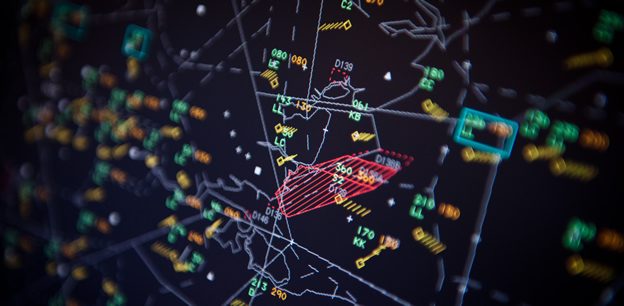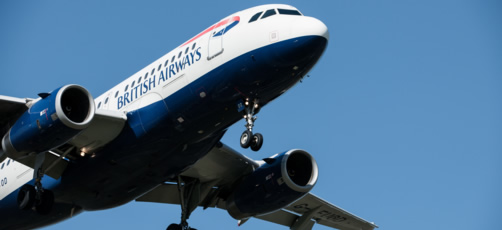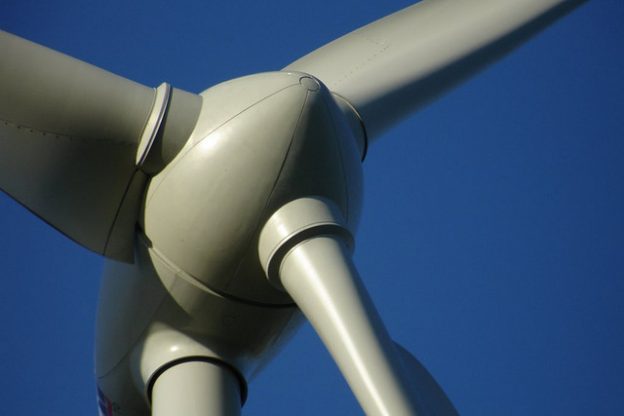Using data to identify environmental savings
19 November 2014Today, we announced the launch of FLOSYS, a new real time tool that will help our business better understand the environmental and fuel performance of the aircraft we provide a service to.
This means that our controllers will be able to see the 3Di score for every flight, going back up to 12 months, and see which performed particularly well, which didn’t and to start asking the question why.
And of course it’s the ‘why’ that is the most important. Even with the best will in the world it is impossible to provide an environmentally optimised service to every single aircraft, every day. It’s certainly what we aspire to but a few thunderstorms, for example, can very quickly see us having to tear up our normal plans and procedures.

Data can be filtered by airspace sector, the departing and destination airport, route taken and callsign.
But it is our hope that by giving our controllers and the wider business access to this kind of immediate and very granular data, we can better understand why some flights achieve a very high level of environmental and fuel efficiency and why others don’t. Armed with that kind of data driven intelligence we can then start of the process for identifying areas where we can save our airline customers fuel, time and CO2, whether that’s through more direct routes, smoother climbs and descents or changes to airspace structures.
We have an interim target to save an average of 4% of CO2 from the average flight by the end of this year ahead of saving 10% by 2020, so initiatives like FLOSYS are absolutely vital to our progress.
FLOSYS has been in the works in one form or another for the past two years. It started with the simple desire to get more data into the hands of our operational people. As you might expect, NATS handles enormous quantities of data every day but traditionally there has been no way to get easy or immediate access to it.
We started working with Altran Prime, with the first step being to talk to our operational employees to understand exactly what data they wanted and what would be useful. Then, together with SPACE – our in-house innovation lab – Altran Prime built a prototype using some mocked up data as a proof of concept.
The challenge was then to bring the idea to life by accessing a live feed of UK radar data and visualising it. Working together with Altran UK and Lockheed Martin, we built two further prototypes before arriving at the end product we launched today: a near real time feed of UK flight data, coupled with a web based interface that is both a powerful tool and simple to access and maintain.
The teams at Swanwick Centre will be the first to have FLOSYS access, with controllers being able to drill down to individual flights, routes or airspace sectors, and all being well we want to roll it out across the NATS operation next year.
Comments
Please respect our commenting policy and guidelines when posting on this website.





21.11.2014
11:20
Belinda Raven
Is FLOSYS the reason we are experiencing much greater aircraft noise in Ascot?
21.11.2014
11:49
Sharon Pickles
You mention FLOYS as a way to improve environmental efficiency and reduce airline costs. Noise levels in areas around Heathrow have increased post recent trials.What emphasis will be placed on resident quality of life versus benefits to airlines since altitudes of 4,000-7,000ft with Airbus planes in particular are very disruptive?
21.11.2014
14:36
paigefamily
Is this why we are getting so much more noise on the ground than we used to? Perhaps you need to factor ground noise into your system or public opinion may reduce the environmental impact of aircraft more than you could ever do.
22.11.2014
10:57
Vincent
Very interesting project. Is it included into the SESAR program?
24.11.2014
13:47
Ian Jopson
Sustainability DirectorHi Belinda, Sharon and the Paige family,
Thank you for taking the time to comment. FLOSYS does not currently take account of noise, given that it is tailored specifically for emissions and fuel burn reductions. Noise relating to aircraft using airports like Heathrow is regulated by the Government and aircraft are not allowed to deviate from noise preferential routes until above 4000ft. But, at NATS we do a lot of work with airports and airlines as well as community groups such as HACAN to address the noise from aircraft, for instance: http://goo.gl/v2mH9H and http://goo.gl/m1Jc3n .
We also provide information about noise impacts on our website: http://goo.gl/1zP389
Thanks,
Ian
13:47
Ian Jopson
Sustainability Director09.12.2014
00:00
Simon Byerley
Ian, you state ‘aircraft are not allowed to deviate from noise preferential routes until above 4000ft.’ Residents of Warnham and Rusper experienced the complete opposite this Summer and we in West Kent are now bombarded with continual arrivals aircraft – will technological advancements such as FLOSYS be deployed to the benefit of communities living under flight paths as well as airports such as Gatwick and Heathrow? Our lives are more important than profit surely? Discuss
28.01.2015
20:41
Lewis
Ian you say aircraft are not allowed to deviate from noise routes, but that’s not the whole truth is it? Can’t air traffickers take aircraft off the routes? And if so, is there a scenario whereby that might happen to reduce fuel burn, and increase noise on the ground?Thank you, Lewis